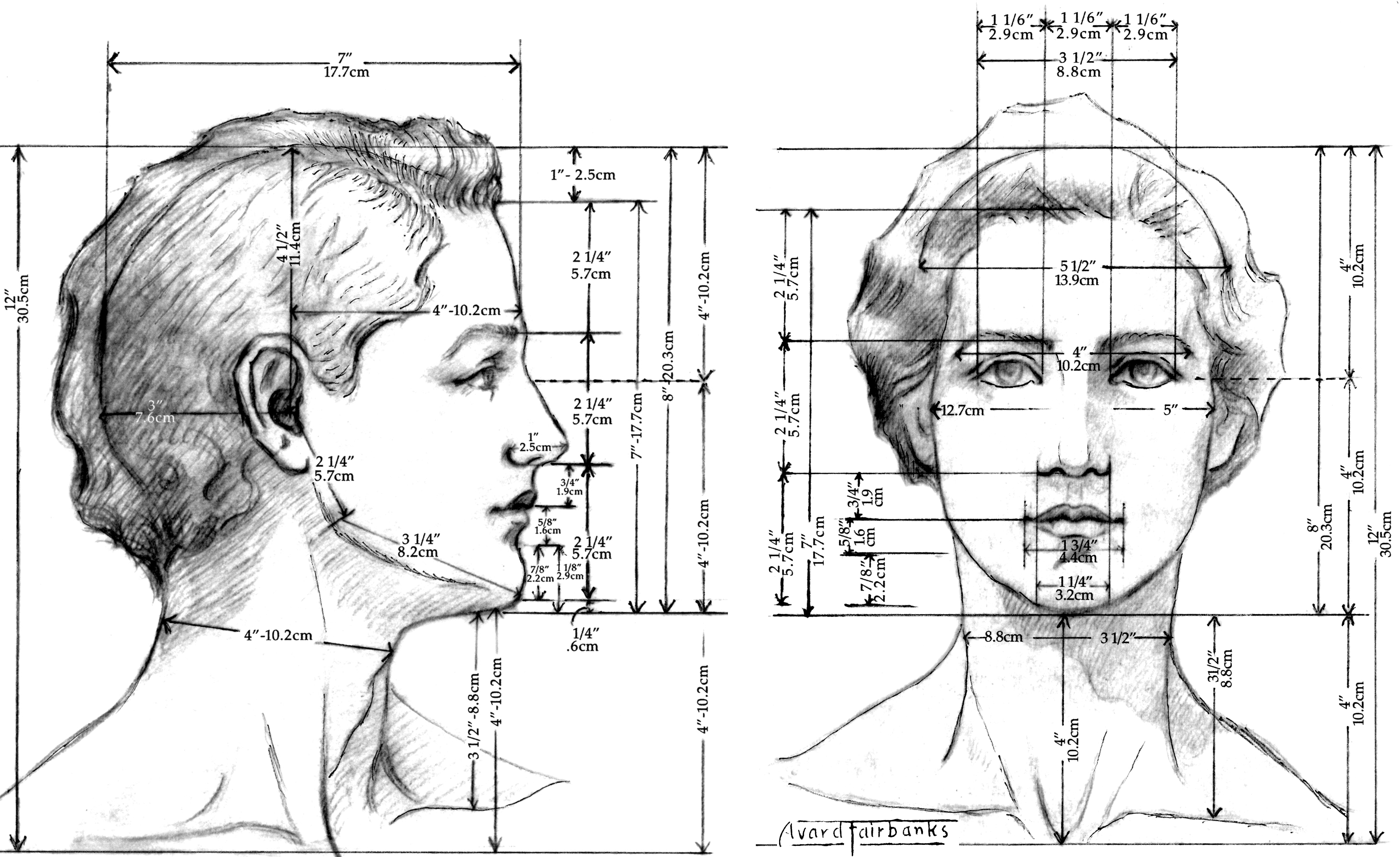
As much as the words „“ may seem simple, the implications of the tag are anything but. This tag marks the end of a complex web of commands and tools used by the web world to make sure that all you see with your eyes is both stunning and secure. Whether it’s a search engine result page or the sleek interface of a social network, is the web programmer’s secret to behind-the-scenes magic. 1. What is ‚‚ and Why Is It Important?
1. What is ‚‚ and Why Is It Important?
The HTML element is used to inform the browser that it has reached the end of the HTML document’s head section. This element is the counterpoint of the
element which is used to denote the start of the head section. The head section contains information that provides a set of instructions for how a web page should look and behave; its contents are not visible to a visitor navigating the webpage.The
element is extremely important — as it dictates styles, scripts, and semantics to the web page. Contents of a head section may include:- Meta tags, which provide crucial information such as page descriptions, keywords, and other data.
- Stylesheets, which tell the browser how the page should look to match the page’s HTML.
- Scripts, which are programs that help the page run and can be written in different languages.
- Titles, which are important for SEO ranking.
By effectively using the head element and closing it off with , web developers have made webpages faster, easier to read, and allowed search robots to extract important data.
The HTML tag `
- Title – The text used to describe the content of the webpage.
- Meta Tags – A description of the webpage for search engines and other services.
- Style Sheet – Used to make pages look consistent across different browsers.
- Javascript Libraries - Allows creating interactive elements on the webpage.
In addition to these elements, you can also add links to external scripts, such as jQuery, which can add additional functionality to the webpage. You can also link to external style sheets to create a more unified look and feel, or create custom page behaviors using `

